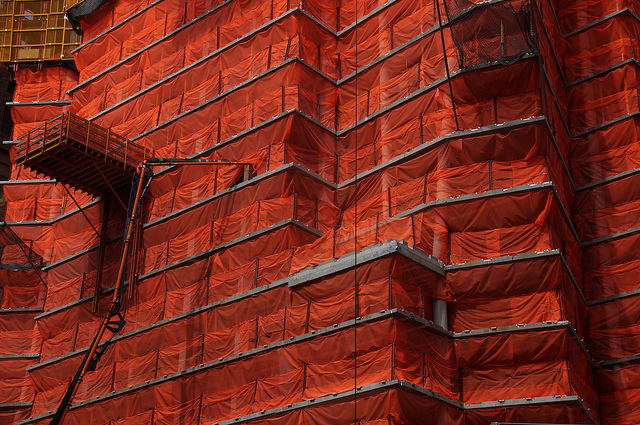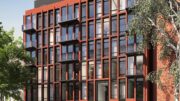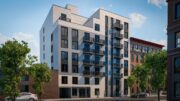The de Blasio administration gave the New York Times a preview of the mayor’s State of the City speech later today, which will focus almost entirely on housing. In it, he will announce rezonings for East Harlem and Stapleton, reiterate his commitment to mandatory inclusionary zoning, and commit to $36 million in spending on legal services to fight harassment by landlords in rezoned neighborhoods.
But he’ll also do something that, as far as we know, Michael Bloomberg never did: he’ll announce a target for market-rate construction over the next decade. The mayor will declare his intention to allow the market to build at a rate of 160,000 units in a decade. (Like all of his housing goals, the term of his promise is longer than his best-case term as mayor.)
The Times writes that de Blasio hopes “a larger supply of housing will help reduce rents more broadly.” Alicia Glen, his deputy mayor for housing and economic development, said in an interview that they want to correct “a serious supply-and-demand imbalance.”
It’s hard to compare de Blasio’s market-rate goal exactly with past production because of poor record keeping, but it would definitely exceed production under the Bloomberg administration.
From 2000 to 2010, the city added a total of 170,000 housing units according to the Census. There is no readily accessible data about how many of the units were market-rate, but Bloomberg counted around 50,000 newly built subsidized units in 12 years. As a rough estimate, de Blasio seems to be promising to allow the construction of somewhere around 30 percent more market-rate apartments than his predecessor.
While the production would outpace that of the Bloomberg years and any increase is welcome, it’s unlikely to be enough to arrest the sharp, long-term upward climb in market rents.
Firstly, the baseline housing stock growth rate was actually very low during the supposedly pro-growth Bloomberg years – on par with Paris from 2000 to 2010, and among the lowest in America. The city grew its number of homes by about 5 percent over the period in question, whereas fast-building cities like Tokyo, Houston, and Toronto suggest that to truly keep up with the market, you must grow many times faster (they all built housing at a rate of around 15 percent per decade or more).
If successful, de Blasio’s administration 160,000-unit market-rate goal, combined with its 80,000-unit subsidized target, would bring New York City’s 10-year housing stock growth rate up to 7 percent. That’s a bit closer to London’s 8 percent and San Francisco’s 9 percent, but anyone familiar with those markets knows that those numbers are not enough for a city with very strong demand.
But secondly, the de Blasio administration appears to be sticking with the Bloomberg tradition of shifting market-rate housing production from the affordable fringes of the city to the more expensive core.
While all market-rate housing growth helps, it’s the units being delivered at the the lowest price points that help the city’s poor the most. A new high-rise condo in a well-established neighborhood like Chelsea will ease demand for similar units in gentrified Williamsburg, which will free up a new apartment in gentrifying Bushwick for a slightly less wealthy person, which will in turn ease the pressure on housing for the poor in still un-gentrified areas like East New York and Canarsie. But the more tenuous the connection to downward markets is, the less the new supply will be felt. A new three-family building in Williamsbridge in the northern Bronx will have a much stronger effect on pricing in the most affordable markets of the city than a new condo on Bedford Avenue.
But de Blasio’s housing plan implicitly relies on market-rate production in neighborhoods where prices are high enough to withstand his inclusionary zoning tax – more Williamsburg, less Williamsbridge. High housing costs, Alicia Glen noted last year, are what make de Blasio’s development-funded subsidized housing plan go ’round. Luxury towers in Long Island City and East Harlem can fund subsidized housing and will be encouraged as part of the administration’s 165,000-unit goal. Small market-rate buildings in the northern Bronx or eastern Queens cannot fund much of anything and will likely not be encouraged.
Still, de Blasio is promising a stronger commitment to market-rate housing than Bloomberg with this goal, at least in the city’s priciest markets. YIMBY applauds the setting of a target for market-rate housing production, and hope the administration meets and exceeds it.
Talk about this topic on the YIMBY Forums
For any questions, comments, or feedback, email [email protected]
Subscribe to YIMBY’s daily e-mail
Follow YIMBYgram for real-time photo updates
Like YIMBY on Facebook
Follow YIMBY’s Twitter for the latest in YIMBYnews





